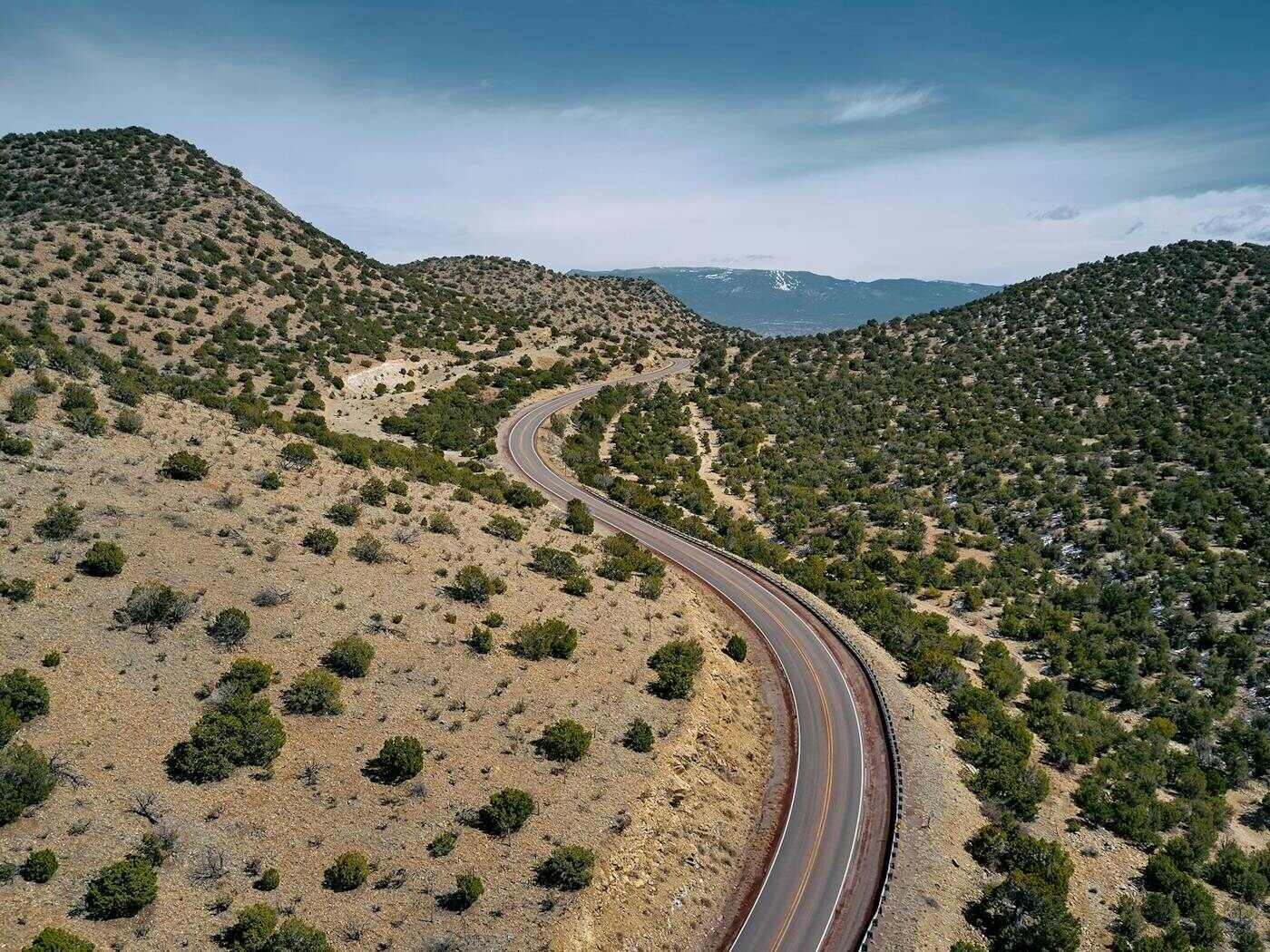Secrets Of New Mexico’s Ancient Roads

Have you ever wondered about the ancient roads of New Mexico? These paths, carved by indigenous peoples, hold stories of trade, culture, and survival. Walking along these trails, you can almost hear the whispers of history. From the Chaco Canyon to the Santa Fe Trail, each route has its own unique tale. Imagine the bustling activity as traders exchanged goods, ideas, and traditions. These roads are more than just dirt paths; they are the lifelines that connected communities. Ready to step back in time and explore the ancient roads of New Mexico? Let's dive into their fascinating history and uncover their secrets.
Discovering New Mexico's Ancient Roads
New Mexico, a state rich in history and culture, holds secrets of ancient roads that once connected civilizations. These paths, etched into the landscape, tell stories of trade, migration, and daily life. Let's explore some of these fascinating routes.
Chaco Canyon Roads
Chaco Canyon, a UNESCO World Heritage Site, is home to an extensive network of ancient roads. These roads connected Chacoan Great Houses and outlying communities, facilitating trade and communication.
- Great North Road: This road stretches over 30 miles north from Chaco Canyon, believed to have spiritual significance and used for ceremonial purposes.
- South Road: Leading south from Chaco Canyon, this road connected to other significant sites, showcasing the extensive reach of the Chacoan culture.
- West Road: This path linked Chaco Canyon to the Chuska Mountains, providing access to essential resources like timber and stone.
The Turquoise Trail
The Turquoise Trail, named for the precious stone mined in the area, was a vital trade route for Native American tribes. This trail connected the Rio Grande Valley to the plains, facilitating the exchange of goods and culture.
- Cerrillos Hills: Known for its rich turquoise deposits, this area was a major mining center, supplying turquoise to distant regions.
- Madrid: Once a booming coal mining town, Madrid now offers a glimpse into the past with its historic buildings and vibrant arts scene.
- Golden: This small town, originally a gold mining camp, played a significant role in the area's economic development.
El Camino Real de Tierra Adentro
El Camino Real de Tierra Adentro, or the Royal Road of the Interior, is one of North America's oldest and longest trade routes. Stretching from Mexico City to San Juan Pueblo, this road facilitated the movement of people, goods, and ideas.
- Socorro: A key stop along El Camino Real, Socorro provided travelers with essential supplies and rest.
- Jornada del Muerto: This treacherous stretch of desert tested the endurance of travelers, with its harsh conditions and lack of water.
- San Juan Pueblo: The northern terminus of El Camino Real, San Juan Pueblo was a hub of cultural exchange and trade.
The Old Spanish Trail
The Old Spanish Trail connected Santa Fe, New Mexico, to Los Angeles, California. This rugged route was used for trade and migration, playing a crucial role in the expansion of the American Southwest.
- Abiquiú: A starting point for many expeditions, Abiquiú was a vital supply center and home to a diverse community of settlers.
- San Rafael: Located in present-day Utah, San Rafael served as a key rest stop for travelers on the Old Spanish Trail.
- Mojave Desert: This challenging section of the trail tested the resilience of traders and settlers, with its extreme temperatures and arid conditions.
The Zuni-Acoma Trail
The Zuni-Acoma Trail connected the Zuni and Acoma pueblos, two of the oldest continuously inhabited communities in North America. This trail facilitated trade, communication, and cultural exchange between the two pueblos.
- Zuni Pueblo: Known for its rich cultural heritage and traditional arts, Zuni Pueblo was a key trading partner with Acoma.
- El Malpais: This rugged volcanic landscape presented challenges for travelers but also offered unique resources like obsidian.
- Acoma Pueblo: Perched atop a mesa, Acoma Pueblo, also known as Sky City, is one of the oldest continuously inhabited communities in the United States.
Discovering New Mexico's Ancient Roads
Exploring New Mexico's ancient roads offers a unique glimpse into the past. These paths, carved by indigenous peoples, Spanish explorers, and early settlers, tell stories of trade, migration, and cultural exchange. Walking these trails, you can almost feel the footsteps of those who came before. From the Chaco Canyon to the El Camino Real, each road has its own history and significance. Visiting these sites not only enriches your knowledge but also connects you to the land's heritage. Whether you're a history buff, an outdoor enthusiast, or just curious, New Mexico's ancient roads provide a fascinating journey through time. So, lace up your hiking boots, grab a map, and set out to uncover the secrets of these historic pathways. Your adventure awaits in the heart of the Southwest.

